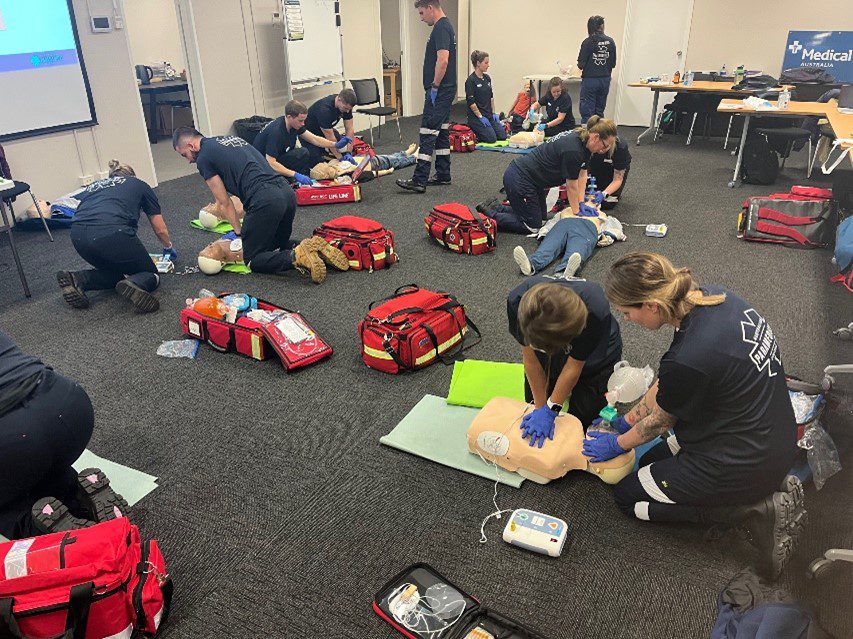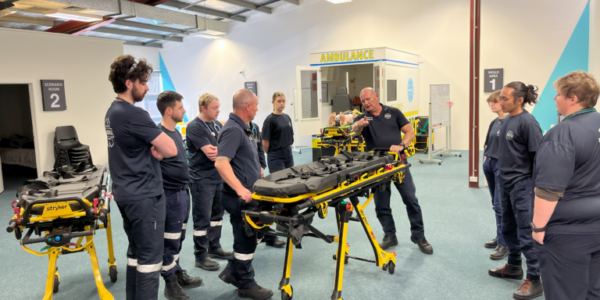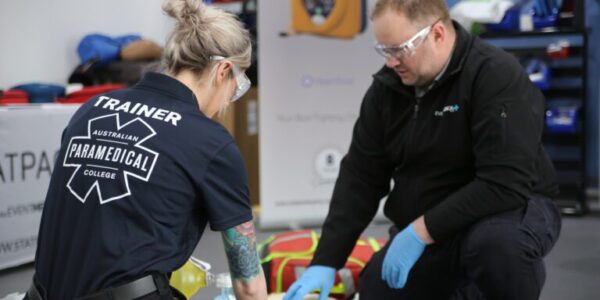Published 5th April, 2023.
Each year, over 30,000 Australians suffer from sudden cardiac arrest*. Should it occur outside of a hospital, their chances of surviving are less than 1 in 10. Every minute a defibrillator isn’t in use, the chance of survival decreases by 10%*.
*Source: St John Ambulance Victoria (2023)
What is a defibrillator?
Defibrillators, also known as AEDs (Automated External Defibrillators), are medical devices that use electrical pulses to restore a normal heartbeat when a person is experiencing cardiac arrest. Death can occur within just minutes if proper intervention is not taken.
If you’re located in South Australia, you may have heard about defibrillators lately and is all for a good reason. The South Australian Government have decided to pass the Automated External Defibrillators (Public Access) Act 2022 which means all public buildings, privately owned buildings and commercial properties over the size of 600m2 are required to have a defibrillator installed.
Why is this so important? Well, defibrillators save lives.
If you don’t work within the medical field or haven’t done a CPR course before, the word defibrillator could be daunting. Due to this, we’d like to provide three basic facts surrounding this device:
-
Defibrillators are easy to use:
Defibrillators are designed to be easy to use by anyone. Whether or not you have medical training, a defibrillator has step-by-step instructions and clear voice prompts for use.
-
Defibrillators are safe:
A defibrillator will not deliver a shock unless it is needed. Make sure to keep your hands off when it is analysing the heart rhythm. If it is needed, the machine will shock the patient and CPR can recommence.
-
Defibrillators are worth their weight in gold:
Although the price of defibrillators may vary, they are insignificant compared to the effect that losing a loved one has on others.

Do I need to perform CPR if I have a defibrillator?
It is essential to note that defibrillators and CPR should always be used together for resuscitation, as they aid each other. While defibrillators provide shocks to the heart, CPR provides compression to the heart which keeps it pumping blood and oxygen to the body. One cannot work without the other.
For individuals who do not work within the healthcare sector, to be best equipped in the case of an emergency, it is recommended individuals be up to date with their First Aid and CPR Certificates. First Aid is valid for 3 years, and CPR for 1 year. These short one-day courses can cover everything you need to know for basic life-saving skills and can help you to save a life.
In summary, this legislation is a remarkable step towards improving the survival rate of patients who suffer from a pre-hospital cardiac arrest in the state and should be encouraged Australia-wide.


